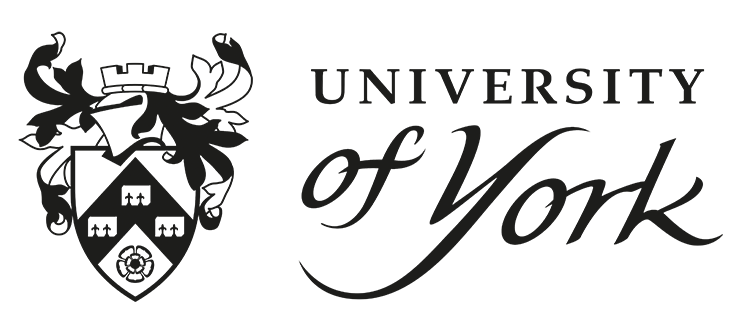Professor David Chen, a historian specialising in Qing Dynasty porcelain, faced challenges accessing and interpreting rare archival materials. His research was often hindered by unpredictable library closures, fragile document handling restrictions, and the subjective nature of historical interpretation. Seeking a more structured approach, he adopted strategic risk mapping.
He categorised potential risks into access (library closures, digitisation delays), interpretation (bias in historical sources, evolving scholarly consensus), and presentation (conference cancellations, publication delays). He then assessed the likelihood and impact of each, prioritising those affecting his core research questions.
To mitigate access risks, Professor Chen established relationships with multiple archives and developed digital backups of critical documents. He addressed interpretation risks by creating a detailed methodology log, documenting his reasoning and acknowledging potential biases. For presentation risks, he prepared alternative publication venues and created online presentation materials.
The impact was profound. He navigated unexpected archive closures with minimal disruption, his interpretations gained greater transparency and rigor, and he successfully presented his research at virtual conferences. By proactively mapping and mitigating risks, Professor Chen not only streamlined his research process but also enhanced the credibility and accessibility of his historical findings.



